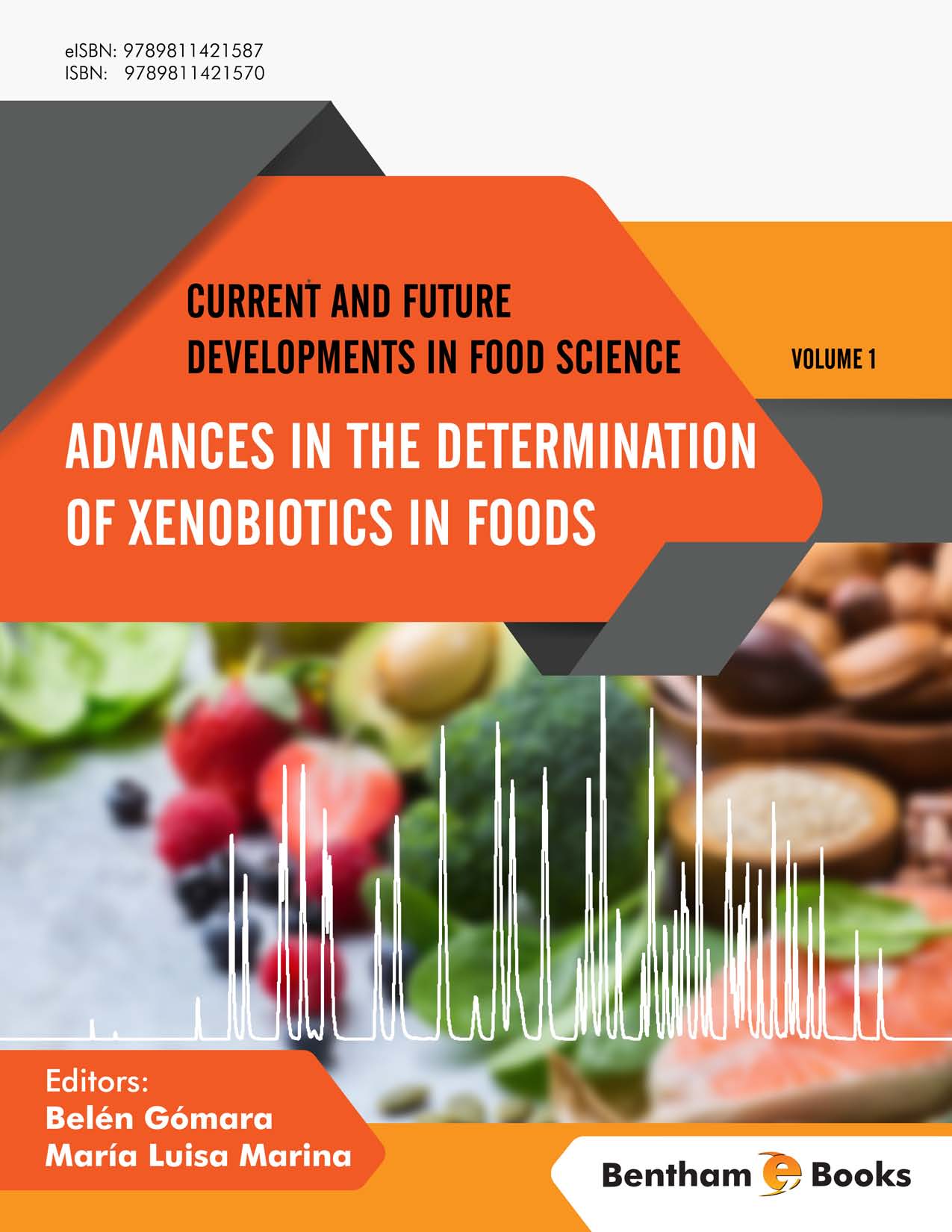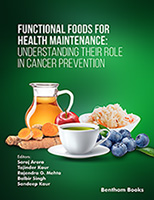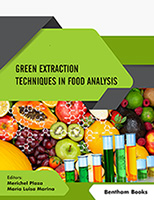Xenobiotics had been and presently are of great concern, both for the society and the health authorities all over the world. Xenobiotics in food may include a huge variety of compounds of different nature. Nowadays, one of the groups that have caught the attention of researchers and authorities are food chain residues. These compounds are chemicals unintentionally present in the food due to the different procedures of production and preparation methods to which foodstuffs are subjected. Among them, compounds related to food contact materials such as plasticizers and plastic monomers are one of the xenobiotics mostly supervised by the European Food Safety Authority (EFSA) and the Environmental Protection Agency (EPA) and Food and Drug Administration (FDA) in the United States. In addition, pesticides can also be present in the final foodstuff because of their previous use in the field or on the farm. On the other hand, due to the global distribution of environmental pollutants, they are also susceptible to end up in the food chain because of different processes of deposition and/or bioaccumulation. There are several classes of environmental pollutants. Some of them are regulated by local or global legislations such as persistent organic pollutants and heavy metals. There are also many other emerging contaminants that must be controlled such as some halogenated flame retardants and perfluorinated compounds, among others. In addition, some xenobiotics could be present in the final food consumed as a result of food treatments, as is the case of acrylamide and furan which are related to high-temperature cooking processes. Finally, the presence of natural contaminants such as mycotoxins, aflatoxins and biogenic amines in the final foodstuffs must be controlled too.
The control of all these compounds would not be possible without the development of advanced analytical methodologies enabling their unequivocal, precise and accurate determination in foodstuffs. In this regards, one of the most employed methodologies is the separation techniques coupled to mass spectrometry. Depending on the physicochemical properties of each xenobiotic, gas (GC) or liquid (LC) chromatography can be applied for its separation, identification and quantification. Constant research is being carried out in order to develop more sensitive and selective methods for the determination of these xenobiotics at the low concentration levels they use to be present in foodstuffs. Novel analytical approaches in this field are fast GC and ultra-high performance LC (UHPLC) which have been successfully applied to study some of these xenobiotics. In addition, highly sensitive and selective mass analyzers such as triple quadrupole, Orbitrap or other hybrid systems combining some of them and novel developments such as ion mobility equipment are being recently applied to these purposes. These advances in combination with fast and environmentally friendly sample extraction and purification methods provide the society and authorities with the necessary methods for controlling and regulating, if necessary, the presence of all these xenobiotics in food.
Therefore, this book is aimed to present some of the most recent advances and developments achieved in the determination of different xenobiotics in foods. Chapters are organized according to the type of xenobiotic under study.
This book was inspired by the context of the AVANSECAL-CM and AVANSECAL-II-CM research projects funded by the Comunidad of Madrid and European FEDER program and headed by Professor María Luisa Marina from 2014 to nowadays, which was the continuation of two previous research projects (ANALISYC and ANALISYC-II) headed by Professor María José González from 2006 to 2013. Along all these years, a numerous group of researchers made considerable efforts to develop innovative analytical methodologies to control and improve food quality and safety with very relevant results in this field which have been and are being recognized at the international level. The editors are very grateful to these researchers, especially to those who have contributed to this e-book, and dedicated this e-book to Professor María José González in her retirement as a worm acknowledgement for her valuable contribution in the field of xenobiotics analysis.
Experts and researchers in analytical chemistry, food safety and xenobiotic analysis and newcomers in these fields such as Ph.D. students or chemists working in control laboratories or laboratory technicians will find in this e-book updated information including a set of advanced analytical methods used for the analysis of a broad spectrum of xenobiotics revealing the most interesting features and drawbacks to be overcome in this field. PhD students will learn more about novel analytical developments, they will acquire knowledge about xenobiotics and know in depth the field of food contamination. Finally, chemists working in control laboratories or laboratory technicians will have a very useful tool to face the problems arising on food safety.
We are very grateful to all the authors for their relevant contributions to this e-book.
Efforts in this field will be pursued in the next four years, thanks to the fundings from the Comunidad of Madrid (Spain) and European FEDER program through the new AVANSECAL-II-CM research project.
Belén Gómara
Department of Instrumental Analysis and Environmental Chemistry
Institute of General Organic Chemistry (IQOG)
Spanish National Research Council (CSIC)
Madrid
Spain
María Luisa Marina
Department of Analytical Chemistry, Physical Chemistry and Chemical Engineering
University of Alcalá Alcalá de Henares (Madrid)
Madrid
Spain





